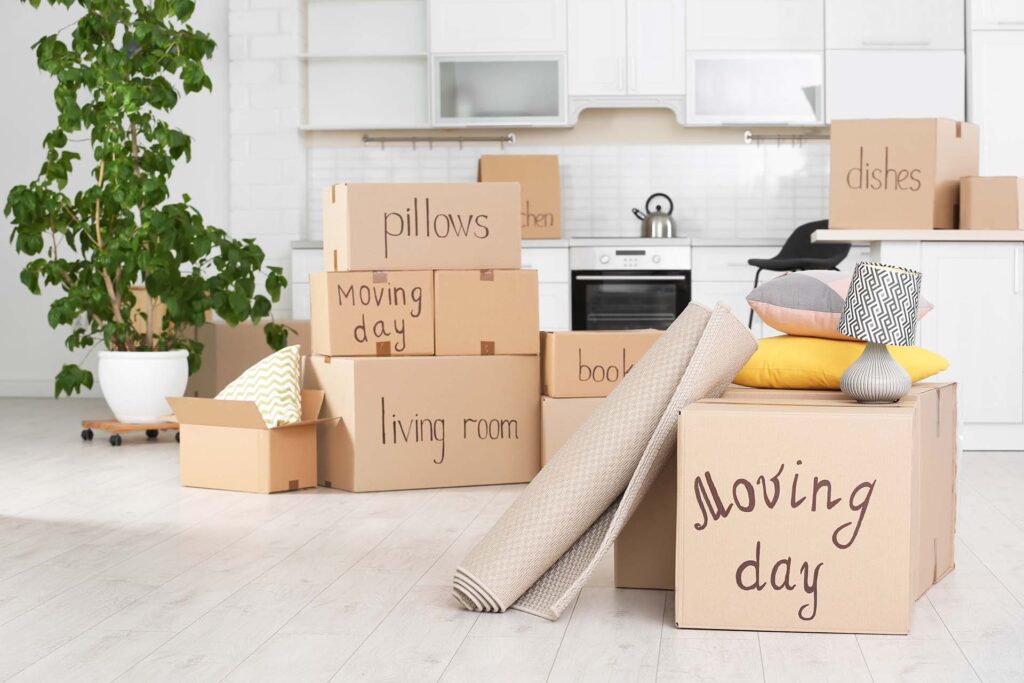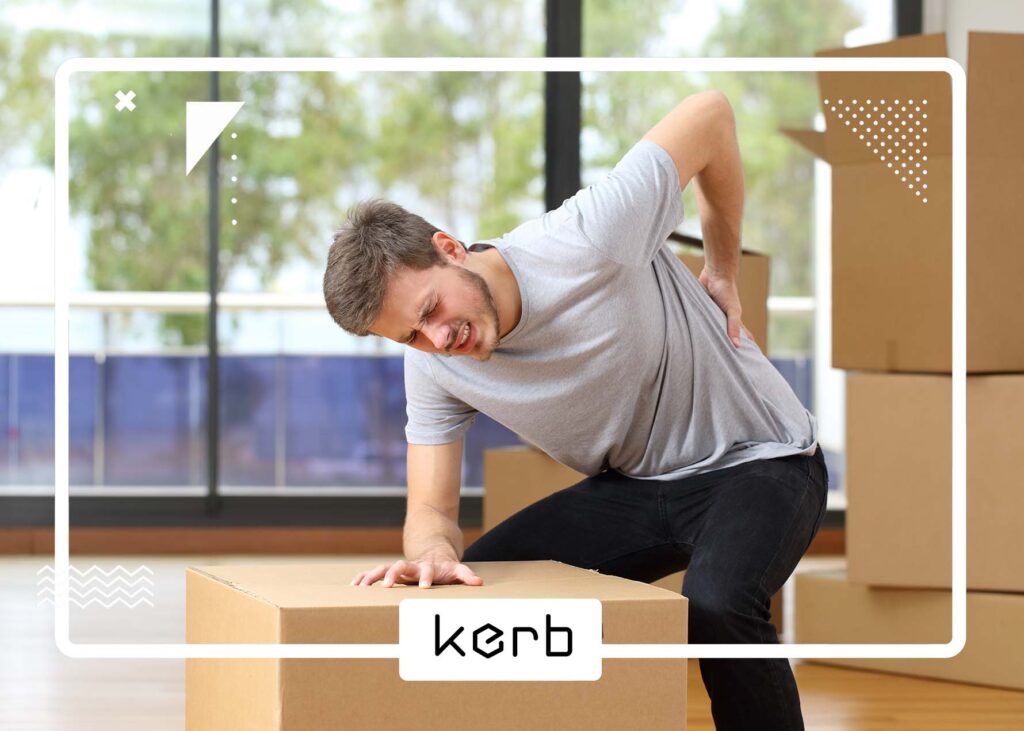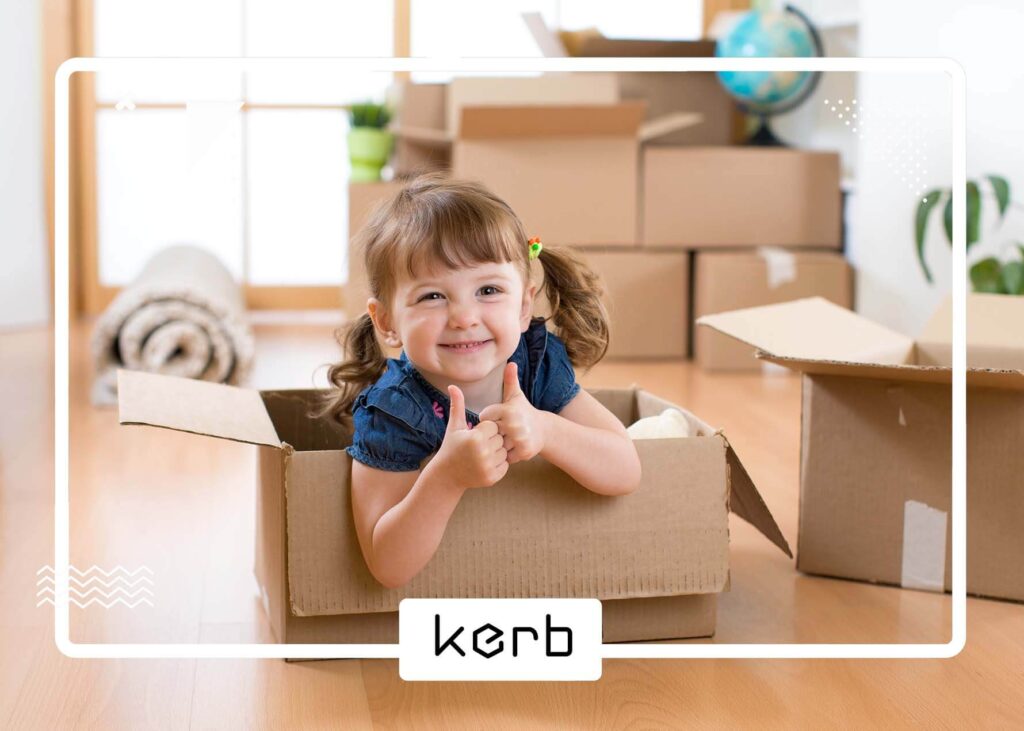Don’t let your favorite mug, flat-screen TV, or expensive china become victims of your poor packaging skills. Let us show you all the tips and tricks on how to pack fragile items like a pro. We know packaging is not rocket science, but it is time-consuming and tedious, especially when you work with sensitive objects. Even the smallest mistake can lead to a total disaster, and that’s the last thing you want when preparing for moving interstate.

Go through your inventory list, and check just how many sensitive objects you have. Probably a lot. The thing is, moving cross country is not always smooth sailing. There are many bumps and obstacles on the road, and if you don’t protect your stuff properly, chances are high, something will get damaged. So if you want to know how to pack fragile items for moving, we have a few ideas, so stay tuned.
What to Use to Pack Fragile Items?
Before we get to the wrapping part, we first need to see what is the best packing material for fragile items. There are many packing materials and ways to get them, depending on your moving budget size. You can order moving boxes and supplies from your cross country moving company, or if you’re looking for the cheapest way to move out of state, find free supplies and cross that from your moving expenses checklist. Create a list of supplies for packaging fragile items and make sure to include these things:
- Moving boxes of different sizes
- Bubble wrap
- Packing paper or newspapers
- Markers for labeling
- Tape and scissors
- Dividers
- Towels, socks, or cloths for cushioning
Where to Find Free Moving Supplies
If you didn’t save the original packaging or don’t have some boxes in your garage, there are still some ways to save on supplies. You can start by asking your friends or neighbors if they have containers they don’t need or ask at your local store. Another option is to go on websites such as freecycle or get creative and take sheets and socks for wrapping and cushioning delicate objects.
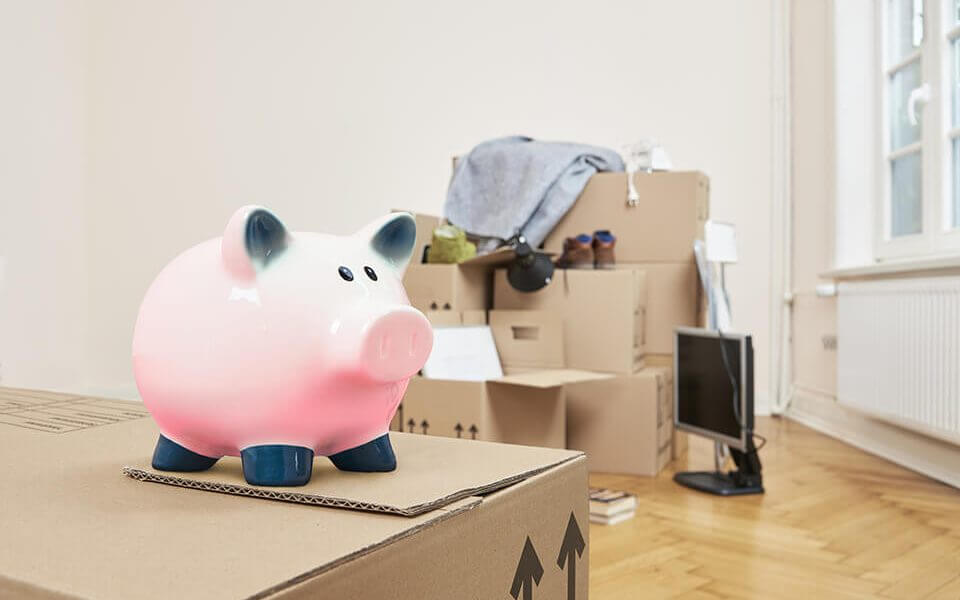
How to Pack Fragile Items for Interstate Moving and Storage
Moving fragile items and having to ensure they’ll arrive intact can increase your moving stress levels more than you could assume. Whether you’re relying on professional packaging services or doing it on your own, don’t forget to invest in moving insurance because no matter how much you tip movers, accidents can happen. If you’re moving out for the first time to your first apartment, take a look at these tips because packing fragile items for moving is not as easy as it was to pack books from your college packing list.
Prepare the Box Before You Start Packing Items
Preparing the container is an essential step you shouldn’t skip, so this has to be on your to-do list. First, take a tape to secure all corners and seams, especially the bottom. Use crumpled paper, bubble wrap, or sheets to form a cushioning base layer. Don’t get boxes that are too big for this. You’re risking to overpack them and put more pressure on those things at the bottom.
Create Lists and Organize What Goes Where
You can choose how you want to group your things, whether by type, size, purpose, material, etc. This will help you store them more efficiently and also unpack. Invite your friends to help you with this if you have a lot of glassware-related things. Maybe they know some new tricks. Turn your moving away party into a wrapping party, and don’t worry about moving away from friends. Long-distance friendships are the strongest ones.
Individually Wrap and Pack Each Item
Plates
Wondering how do you pack fragile plates? Well, you’ll need a small or medium size container in which you’ll insert them vertically. First, place crumpled paper at the bottom, and then you individually cover each plate in bubble wrap, ensuring that the side with bubbles goes on the plate. Secure it with tape, put it into the box, and then continue with the next one. Additionally, you can insert a layer of paper between each plate. Plates tend to be heavy, so try not to overpack the box. It is better to get several smaller ones if you have a lot of dishes. At the top, also add some crumpled papers.
Glasses
There are several ways and packing tips on how to protect your glasses. You should rely on bubble wrapper or paper for wrapping and insert crumpled papers or socks inside to diminish the empty space. Handles and stems should be wrapped individually. Heavier glasses should go at the cushioned bottom, while more delicate ones go at the top. Again, don’t overpack. You can cut cardboard dividers and install them to separate each glass so that they don’t touch. Just make sure to fill in space around them with crumpled papers or any other cushioning materials.
Lamps
Another group of things from the category of highly delicate objects is lamps. Whether they are table or standing, they also require special handling. Try to disassemble it if possible, and pay special attention to wrapping the shade, especially if it’s made from glass. Insert it carefully in a separate box and surround it with loads of papers and cushioning material. The base can be wrapped and packed with the rest of the stuff.
Flat-screen TVs
Ideally, your TV should be packed in it’s original packaging, but it is not all lost if you threw it away a long time ago. There are a few moving tips on how to do it. You should first remove all the cables and the base, and then, unless you order a custom TV box, you can use a moving blanket for wrapping and secure it with a tape. One of the commonly forgotten things to pack is the remote control, so place it next to the cables.
Pictures and mirrors
Large and sensitive objects such as paintings, frames, and mirrors should ideally be placed in custom boxes. However, you can always improvise. First, secure the corners with cardboard, then take the bubble or plastic wrapping to ensure everything and tape it. Surround it with crumpled papers so that there’s no moving when you gently shake the box.
Wrapping Two Glasses at Once
We just said you should pack each glass separately, but, if it happens you got large sheets of papers, you can use them more wisely by wrapping two at once. You just need to make sure you’re using two glasses that are either completely the same or similar in size and shape. Spread the sheet on a counter, lay the glass at one corner of it, and then start rolling it until the glass is fully wrapped. Do the same from the other corner with another glass, stuff the ends into the opening, and fold it at the bottom. Take a look at this video to get a better idea of how to do it.
Properly Label Everything, Especially If You Plan to Leave It in Storage for a While
Just like you made an inventory list of all your belongings, now you should create content lists for each container. Unless you’re moving locally, you’re probably aware that shipping can last even for weeks when moving long-distance, and you’ll certainly forget what is where. So simply writing “glassware” or “fragile” on the cardboard won’t do the job. Not to mention if you’re renting storage and leaving your stuff there for a while. So, don’t spare that fresh marker. Write a brief list on that cardboard. It will also help you when unpacking.

How Do You Pack Fragile Items Without Bubble Wrap and Cardboard Box
No matter who you ask how to wrap fragile items, they’ll certainly mention this plastic material we all like to use to destress by popping air bubbles. The same goes for cardboard containers. However, if you don’t have them, you’re making a last-minute move, or just don’t want to spend money on those, there are other moving hacks that could help you. You just have to think outside of the, well, box.
Alternative Wrapping Materials
For wrapping, anything soft and cushioning will serve. Socks are ideal for glassware, but you could also take cloths, clothes, towels, sheets, and other fabrics. Just make sure everything is washed and cleaned, especially if you plan on leaving it in storage for a while. Newspapers are also popular, but sometimes they tend to stain, so beware of that when packing fragile items for moving.
Alternative Storing Ideas
Did you ever think about using a suitcase, drawers, wooden crates, plastic containers? Garbage bags are another popular alternative, but maybe not the best one for delicate objects. Everything that is sturdy enough and looks like a container could serve as a suitable replacement for traditional boxes.
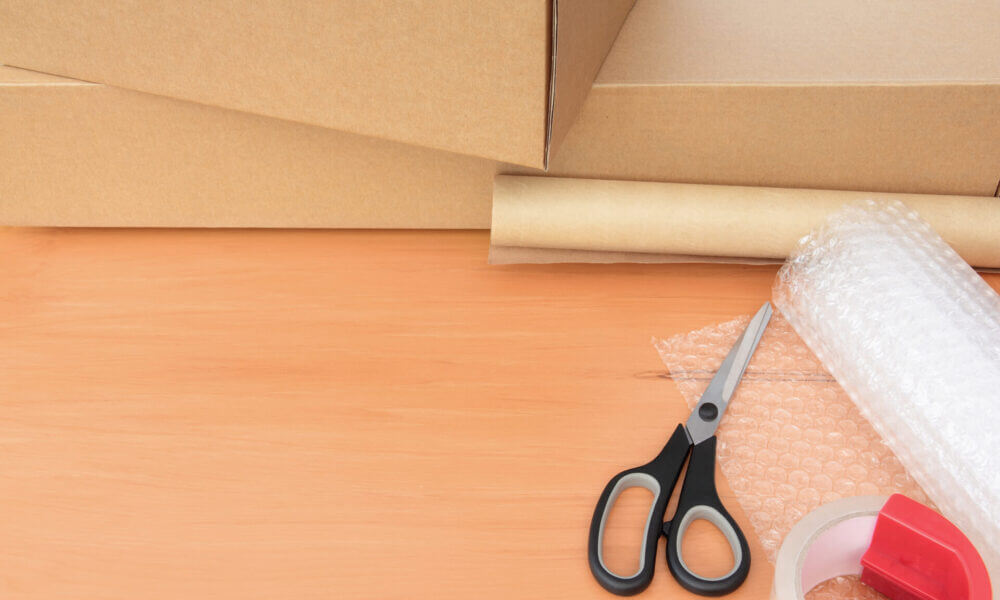
How to Safely Handle Broken Things
If it happens that something breaks during the packaging process or transport, you should know what to do and how to avoid injuries. Handling broken glass is dangerous, so be cautious, note everyone else about what happened, and remove all large pieces first. Don’t panic. Although this is the last thing you wanted to happen, you just have to accept it and move on. Use a vacuum cleaner to remove all small particles and ensure that everything is clean so you can continue.

What Is the Best Way to Ship Something Fragile? Call Long Distance Mover Near You
You saw how to package fragile items for shipping, and now it is time to find a reputable cross country moving company that will ship your belongings. Fill out a quote to find out how much movers cost, pick the best time of the year to move, and book your cross country movers. Delicate objects don’t belong to the list of items movers won’t move, so don’t worry. These guys handle delicate objects daily and know how to pack and ship every single one of them.
